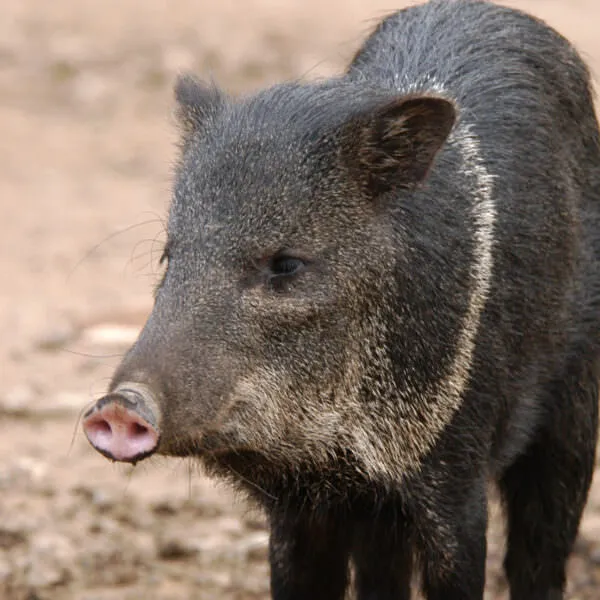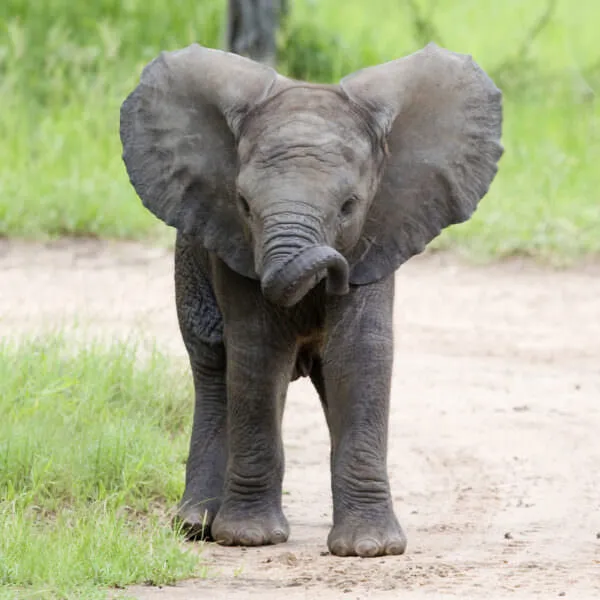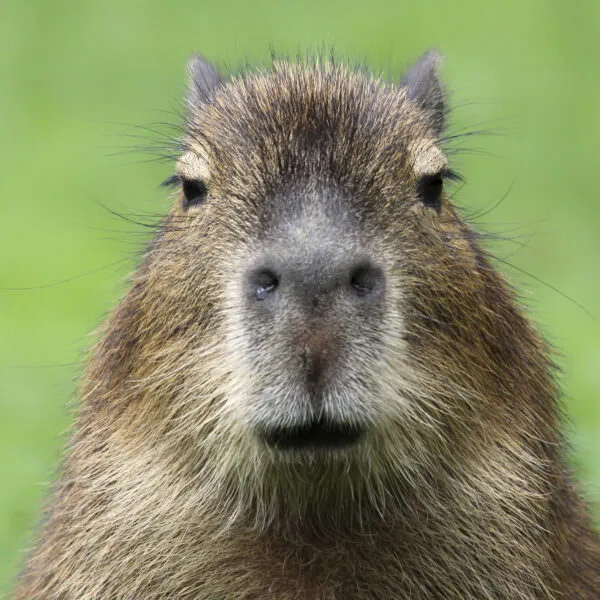Anatomy
The Sulawesi bear cuscus, named for its thick, dark and bear-like fur, is not a true bear but an arboreal marsupial. It uses its elongated claws and long, prehensile tail to navigate the upper canopy by slowly swinging from branch to branch. Like other marsupials, the female Sulawesi bear cuscus gives birth to relatively underdeveloped offspring and carries the infant in a pouch on her belly until it is approximately eight months old and sufficiently developed for survival. The cuscus grows to be approximately 15–22 lbs (7-10 kg) and 24 inches (61 cm) in length, with a tail that is almost as long as the rest of its body.
We're All In
Together, we're building a future where people and nature thrive. Sign up today and join our movement...
Habitat
The Sulawesi bear cuscus prefers the undisturbed forests of Indonesia, predominantly on the island of Sulawesi. They can be found in pairs or small groups of three or four individuals in the upper canopy of lowland tropical rainforests.
Diet
Like most marsupials, the Sulawesi bear cuscus is an herbivore, eating only vegetation. Its diet consists mostly of leaves, along with flowers, buds and unripe fruit. Due to the low nutrient level in much of its diet, the cuscus tends to move slowly and spend a large portion of the day resting in order to digest its food.
Threats
Listed as a “Vulnerable” species on the IUCN Red List, the Sulawesi bear cuscus’ continued survival is threatened by habitat loss due to deforestation and forest degradation and by poachers who hunt them for their thick fur and meat.
What We're Doing
As part of the Rainforest Alliance’s training in best environmental, social and economic practices, we have increased awareness of local threatened species like the Sulawesi bear cuscus among cocoa farmers on the island of Sulawesi. The cocoa farmers have learned to take better care of their natural environment and to protect these important species. As a result, the number of Sulawesi bear cuscus found on Rainforest Alliance Certified farms has increased.



